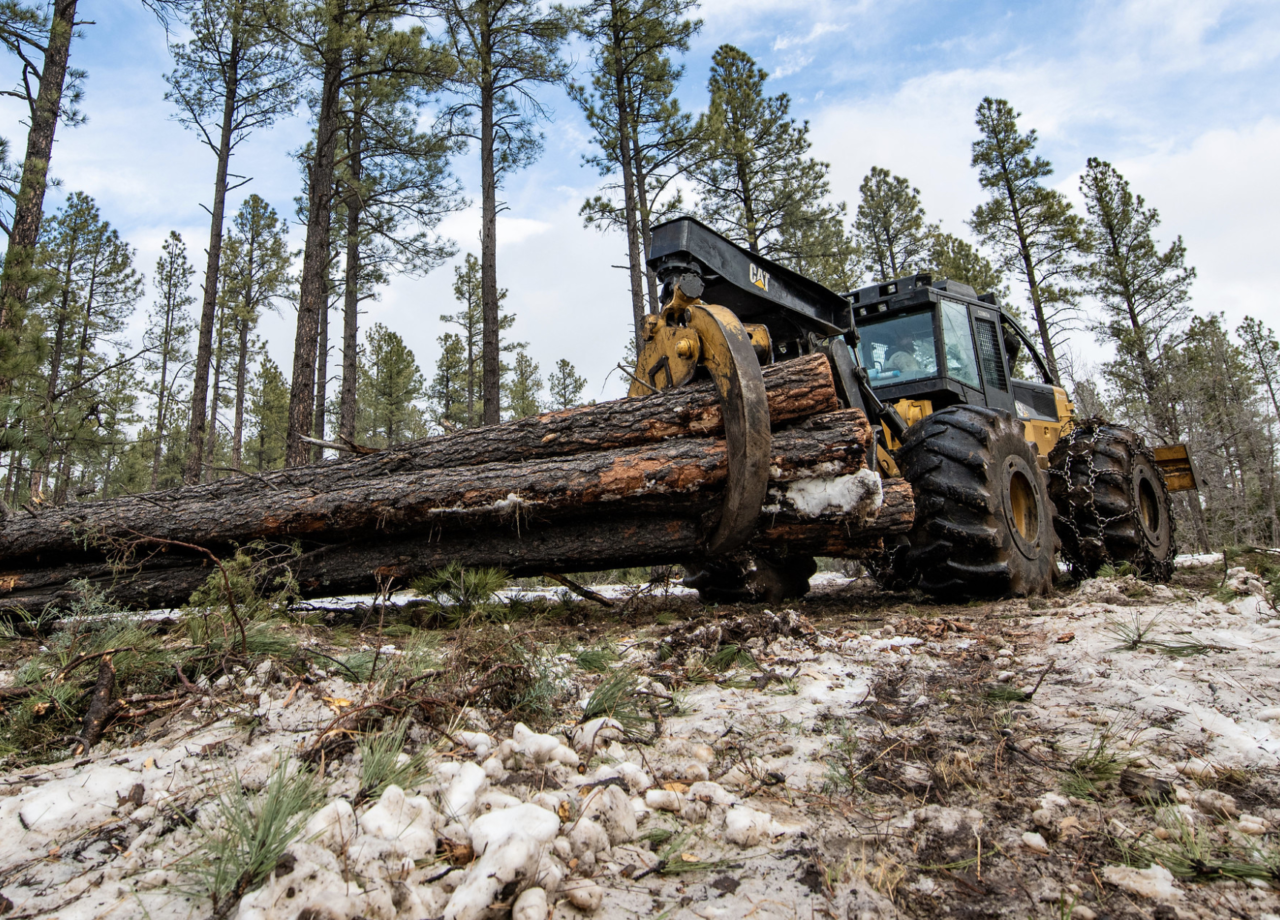2019 timber prices see varied impacts from storm 'no bids,' trade disputes
Forest Data Network index prices see 10-year record-setting price lows, highs for some species

MADISON, Wis. -- It was a quarter of contrasts for standing timber prices in Wisconsin as 2019 ended with fourth quarter pricing reflecting the flood of salvage wood that entered the market after the summer storms, but also robust — even record setting — prices for some species in other areas of the state.
The effect of the storms was likely muted by a large number of “no bid” harvests offered on public lands. Also, the U.S. Forest Service labelled some wood it sold as salvage hardwood or salvage softwood, removing it from any single species category.
The best news was for sellers of black walnut sawlogs, as the Forest Data Network index showed that prices for that species soared 41 percent in the fourth quarter of 2019 from the prior year to set a 10-year record. Birch index prices increased at an annual 6 percent rate statewide.
(To see the full list of regions and the statewide report for 16 species plus subspecies, please click here: https://www.forestdatanetwork.com/pricing/)
Other species varied dramatically by region. White oak prices were generally stronger than red oak, which decreased in 11 of 12 regions. Statewide oak prices (red and white combined along with other oak subspecies) dropped 8 percent over the year. Retaliatory tariffs levied by China in the trade dispute was thought to be a factor in limiting export demand.
Maple prices were firmer than oak prices (being subject to a far lower tariff of 5 percent). Sugar maple prices increased in 5 of 12 regions. They were stronger in West Green Bay (far Northeast) and North Lakes (North Central) Regions than elsewhere in Wisconsin.
Pine prices also varied by region. There was more storm impact on red pine than white pine and the impact was felt more strongly in red pine saw logs than white pine. The Northwest Territory Region, the Sand Region and the Wisconsin River Region were severely impacted with FDN red pine index prices dropping from 16 to 42 percent from the prior year.
Cordwood prices statewide registered slight decreases or stayed fairly flat throughout the state.
Red pine cordwood fared well in the Northwest Territory region and FDN index prices were very soft in the Sand Region (central Wisconsin).
No bid sales jump after storms hit public lands
Public forest sales of timber stands for harvest resulted in a large number of auctions with no bids last year after the devastating July tornadoes that affected almost 300,000 acres in Wisconsin.
From when the storms hit in the last 10 days of July to year end, 87 tracts showed “no bid” sales or about 26 percent of the tracts offered in auctions.
The Chequamegon-Nicolet National Forest and county forests in Lincoln and Douglas counties each had 9 tracts offered for sale that received no bids. Lincoln and Oneida county forests had more than half of the tracts offered for sale receive no bids.
The counties most affected appeared to be those where the storms hit the hardest, where there was a huge amount of salvage logging to be cleaned up. The price impact in these areas would have been worse, but many foresters held back on harvests.
Logging crews were also especially busy because of the amount of downed timber, and in some cases, loggers were being paid to come on to land to haul out downed trees (reducing the amount of bids based on availability).
